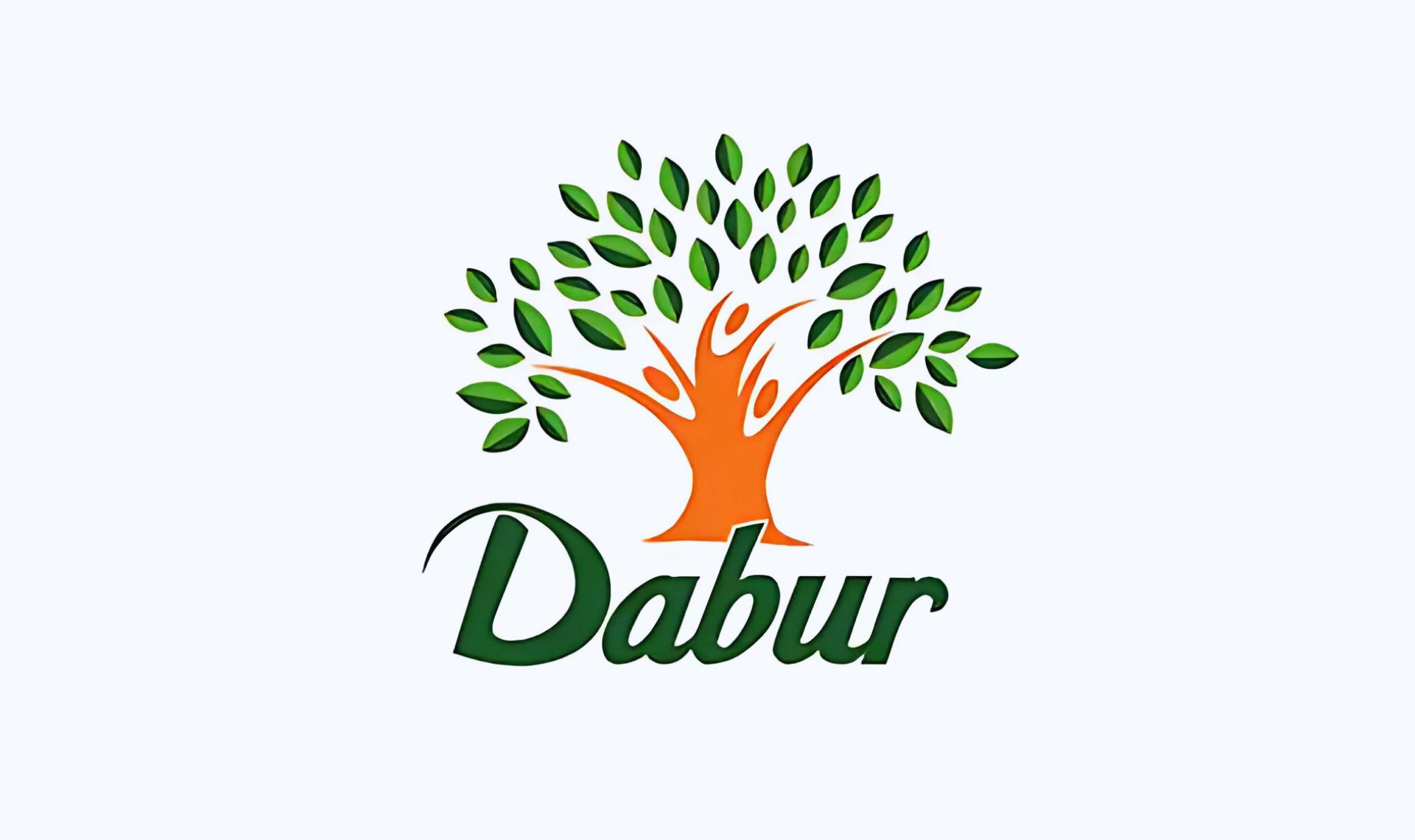Dabur India Ltd., a leading fast-moving consumer goods (FMCG) company and one of India’s most trusted brands, has been a household name for over 140 years. Renowned for its Ayurvedic and natural healthcare products, Dabur operates across segments like personal care, healthcare, home care, and foods, with a portfolio including iconic brands such as Dabur Chyawanprash, Dabur Honey, Real Juices, and Vatika. However, its recent Q4 FY25 results, announced on May 7, 2025, have put the company under the spotlight, as the performance was described as muted, with flat revenue growth and a decline in profits. This has sparked discussions among investors about whether Dabur India shares are a buy, sell, or hold at current levels.
In this comprehensive 2500-word analysis, we’ll dive into Dabur’s Q4 FY25 performance, examine the factors impacting its results, analyse market sentiment, review analyst recommendations, and provide a balanced perspective on whether investors should buy, sell, or hold Dabur India shares. We’ll also explore the broader FMCG sector dynamics, Dabur’s strategic initiatives, and its long-term growth potential to help you make an informed investment decision.
Dabur India’s Q4 FY25 Performance: A Closer Look
Financial Highlights
Dabur India’s Q4 FY25 results, covering January to March 2025, revealed a mixed performance that fell short of market expectations. Here’s a breakdown of the key financial metrics based on posts found on X and other sources:
- Revenue: Consolidated revenue stood at ₹2,830.14 crore, up marginally by 0.6% year-on-year (YoY) from ₹2,814.6 crore in Q4 FY24. However, it declined 15.7% quarter-on-quarter (Qoq) from ₹3,355.25 crore in Q3 FY25. Standalone revenue was down 3.7% YoY at ₹1,964.7 crore.
- Net Profit: Consolidated net profit was ₹312.73 crore, down 8.4% YoY from ₹341.2 crore in Q4 FY24 and 39.4% Qoq from ₹515.82 crore in Q3 FY25.
- EBITDA: Earnings before interest, taxes, depreciation, and amortisation (EBITDA) were ₹426.87 crore, reflecting an 8.6% YoY decline from ₹466.7 crore and a 37% Qoq drop. The EBITDA margin contracted to 15.08%, down 151 basis points YoY from 16.59% and 524 basis points Qoq from 20.32%.
- Earnings Per Share (EPS): EPS was ₹1.81, down 8% YoY from ₹1.97.
- Dividend: The board recommended a total dividend of ₹5.25 per share for FY25, signalling confidence in long-term cash flows despite the weak quarterly performance.
Segment Performance
Dabur’s portfolio spans multiple categories, and its Q4 performance varied across segments:
- Healthcare: The healthcare segment, including brands like Dabur Chyawanprash and Dabur Honey, saw stable demand but faced challenges due to high input costs and a delayed winter season, which impacted sales of seasonal products like Chyawanprash.
- Personal Care: The personal care segment, including hair oils (Dabur Amla, Vatika) and oral care (Dabur Red Paste), maintained steady growth, with market share gains in hair oils (18% market share) and oral care.
- Foods and Beverages: The foods segment, comprising Real Juices and Homemade, faced headwinds due to intense competition from brands like Campa Cola and heavy discounting in the juice category. This led to a decline in juice sales.
- Home Care: The home care segment, including Odonil and Odomos, reported strong performance, with air fresheners gaining 101 basis points in market share.
- International Business: Dabur’s international operations performed robustly, with constant currency growth of 18.9% in Q3 FY25 (data for Q4 not fully disclosed). Key markets like Egypt (54.6% growth) and MENA (17.5% growth) drove this performance.
Key Challenges in Q4
Several factors contributed to Dabur’s muted Q4 performance:
- High Food Inflation: Dabur reported a profit margin contraction of 150–175 basis points due to elevated food inflation, which increased input costs and squeezed margins.
- Weak Rural Demand: Rural markets, which contribute ~45% to Dabur’s sales, continued to face subdued demand, leading to a 3% decline in domestic volume.
- Competitive Pressures: The foods and beverages segment faced intense competition, particularly in juices, where rivals like Coca-Cola gained traction through aggressive pricing.
- Regulatory and Legal Issues: Dabur is under investigation by the Directorate General of GST Intelligence (DGGI) regarding the GST classification of its Hajmola candy. Additionally, a legal issue in the US (Namaste US) may incur costs over the next two years, though Dabur maintains it has product liability insurance and believes the case lacks merit.
- Seasonal Factors: A delayed winter season impacted sales of seasonal healthcare products, further dampening performance.
Market Reaction and Stock Performance
Following the Q4 results announcement on May 7, 2025, Dabur India’s share price came under pressure. Shares fell as much as 7.57% to ₹458 apiece on the National Stock Exchange (NSE) before recovering slightly. As of May 8, 2025, the stock was trading at around ₹480.50, down 1.38% from its previous close of ₹487.45.
Year-to-Date Performance
- 52-Week Range: The stock hit a 52-week high of ₹672 on September 17, 2024, and a 52-week low of ₹433.3 on April 7, 2025.
- Year-to-Date (YTD): The stock has declined 5.67% in 2025, underperforming the BSE FMCG Index, which has delivered stronger returns.
- Longer-Term Performance: Over the past year, the stock is down 9.22%, and over three years, it has delivered a negative return of 4.79%.
Valuation Metrics
As of May 2, 2025, Dabur’s valuation metrics include:
- Market Capitalisation: ₹85,142 crore.
- Price-to-Earnings (P/E) Ratio: 47.38, slightly below the peer median of 48.07.
- Price-to-Book (P/B) Ratio: 7.83, a 16% discount to the peer median of 9.36.
- Dividend Yield: 1.69%, based on a ₹2.75 dividend declared in Q3 FY25.
- Beta: 0.58, indicating lower volatility compared to the market.
These metrics suggest that Dabur is trading at a reasonable valuation compared to peers like Godrej Consumer Products, Marico Ltd., and Colgate-Palmolive India, but its high P/E reflects expectations of future growth.
Analyst Sentiment and Recommendations
Analysts’ views on Dabur India are mixed, reflecting the near-term challenges and long-term optimism. According to data from Refinitiv and other sources, 38 analysts cover the stock, with the following breakdown as of December 2024:
- Strong Buy: 7 analysts
- Buy: 10 analysts
- Hold: 15 analysts
- Sell: 5 analysts
- Mean Recommendation: Hold
Target Prices
- Average Target Price: ₹550.85, implying a 12.94% upside from the current price of ₹480.50.
- Nuvama Institutional Equities: Maintained a ‘Buy’ rating with a target of ₹680, valuing the stock at 50x Q1 FY26 EPS.
- Motilal Oswal Financial Services: Retained a ‘Buy’ rating with a target of ₹650, citing a revival in sales growth under CEO Mohit Malhotra’s leadership.
- Morgan Stanley: Downgraded Dabur to ‘Underweight’ and reduced its target price, citing volatile growth and weak execution.
- Emkay Global Financial: Recommended ‘Reduce’ with a target of ₹450, pointing to double-digit declines in numbers and heavy shorting of the stock.
Analyst Insights
- Bullish Views: Analysts at Motilal Oswal and Nuvama are optimistic about Dabur’s long-term growth, driven by its strong brand equity, innovation-led strategy, and rural distribution network covering 90,000 villages. They expect rural demand recovery, moderating inflation, and premiumization to boost earnings from FY26 onward.
- Bearish Views: Morgan Stanley and Emkay highlight near-term challenges, including margin pressure, weak rural demand, and competitive headwinds in the foods segment. They argue that Dabur’s execution has been inconsistent, leading to subdued volume growth.
- Neutral Views: Many analysts recommend a ‘Hold’ due to Dabur’s stable fundamentals but limited near-term catalysts. They advise investors to wait for signs of margin improvement and volume recovery before increasing exposure.
FMCG Sector Dynamics
The FMCG sector in India is navigating a complex environment in 2025:
- Rural Demand: Rural markets, which account for a significant portion of FMCG sales, have been under pressure due to high inflation and uneven monsoon patterns. However, recent budget incentives and moderating inflation are expected to drive a recovery.
- Competition: The sector is highly competitive, with players like Hindustan Unilever, Godrej Consumer, and Marico vying for market share. New entrants like Campa Cola have disrupted categories like beverages.
- Premiumization: Companies are focusing on premium products to offset volume declines. Dabur’s premium portfolio is growing 2.5–3 times faster than its overall business, a positive sign.
- E-commerce and Quick Commerce: Organised trade channels, including e-commerce and quick commerce, are growing rapidly, while general trade remains under pressure. Dabur has capitalised on this trend, with 4–5% incremental sales from e-commerce.
Dabur’s ability to navigate these dynamics will be critical to its recovery. Its strong rural distribution, premiumization focus, and international growth provide a competitive edge, but execution risks remain.
Dabur’s Strategic Initiatives
Despite the Q4 setback, Dabur is taking steps to strengthen its position:
- Innovation and Premiumization: Dabur is investing in new product development, particularly in premium healthcare and personal care segments. Its premium portfolio is outperforming, and brands like Dabur Red Paste and Odomos have gained significant market share.
- International Expansion: The company is expanding its global footprint, with a new UK subsidiary planned for FMCG sales and distribution by May 15, 2025. Strong growth in markets like Egypt and MENA underscores its international potential.
- Cost Optimisation: Dabur is implementing price hikes and operational efficiencies to counter inflation and improve margins. Management expects these measures to stabilise profitability in FY26.
- Brand Investment: Media spends increased by 15.4% in Q1 FY25, and Dabur plans to continue investing in brand building to drive demand.
- Sustainability and Community: Dabur has been engaged in community development since 1994 and emphasises sustainable practices, enhancing its brand image.
Should You Buy, Sell, or Hold Dabur India Shares?
Reasons to Buy
- Strong Brand Equity: Dabur’s portfolio of trusted brands and its leadership in Ayurvedic and natural products provide a moat against competition.
- Long-Term Growth Potential: Analysts expect rural demand recovery, moderating inflation, and premiumization to drive earnings growth from FY26.
- International Growth: Robust performance in international markets diversifies revenue streams and reduces dependence on India.
- Attractive Dividend: A 1.69% dividend yield and a consistent payout policy make Dabur appealing for income-focused investors.
- Reasonable Valuation: The P/E and P/B ratios are slightly below peer medians, suggesting the stock is not overvalued.
Reasons to Sell
- Near-Term Challenges: High inflation, weak rural demand, and competitive pressures could continue to weigh on margins and volumes in FY26.
- Regulatory Risks: The ongoing GST probe and US legal issue introduce uncertainty, potentially impacting investor confidence.
- Underperformance: The stock has lagged the BSE FMCG Index and peers like Godrej Consumer and Marico, indicating execution challenges.
- Margin Pressure: A 150–175 basis point margin contraction in Q4 highlights profitability risks, especially if inflation persists.
Reasons to Hold
- Stable Fundamentals: Dabur’s debt-to-equity ratio of 5% and ROE of 18% reflect a healthy balance sheet and operational efficiency.
- Market Share Gains: The company reported gains across 90% of its portfolio, demonstrating resilience in key categories.
- Recovery Potential: Budget incentives and a potential rural demand revival could act as catalysts in the medium term.
- Balanced Risk-Reward: The current price of ₹480.50 is close to the 52-week low, limiting downside risk while offering upside potential if execution improves.
Investment Recommendation
Based on the analysis, holding Dabur India shares appears to be the most prudent strategy for existing investors. The company’s fundamentals remain strong, and its strategic initiatives, such as premiumization and international expansion, position it well for long-term growth. However, near-term headwinds, including inflation, competition, and regulatory issues, suggest limited catalysts for immediate upside. Investors should monitor rural demand trends, margin recovery, and resolution of legal issues before increasing exposure.
For new investors, buying on dips (closer to ₹450–460) could offer a better entry point, given the stock’s proximity to its 52-week low and potential for recovery in FY26. Aggressive investors with a high risk appetite may consider a small position at current levels, targeting the average analyst price of ₹550.85. Conversely, selling may be warranted for those with low risk tolerance or a short-term investment horizon, as volatility could persist in the near term.
Conclusion
Dabur India’s Q4 FY25 results were disappointing, with flat revenue, declining profits, and margin contraction reflecting the challenging FMCG environment. However, the company’s strong brand portfolio, market share gains, and strategic focus on premiumization and international growth provide reasons for optimism. While near-term risks like inflation and competition warrant caution, Dabur’s long-term prospects remain intact, supported by a potential rural demand recovery and robust fundamentals.
Investors should weigh their risk appetite and investment horizon when deciding whether to buy, sell, or hold Dabur India shares. Holding appears to be the balanced choice, with a watchful eye on macroeconomic trends and company-specific developments. As always, consult a qualified financial advisor before making investment decisions, as stock market investments are subject to market risks.















0 Comments